Is Weed Causing Seizures, or Is It Helping to Prevent Them? (+ Expert Opinions)
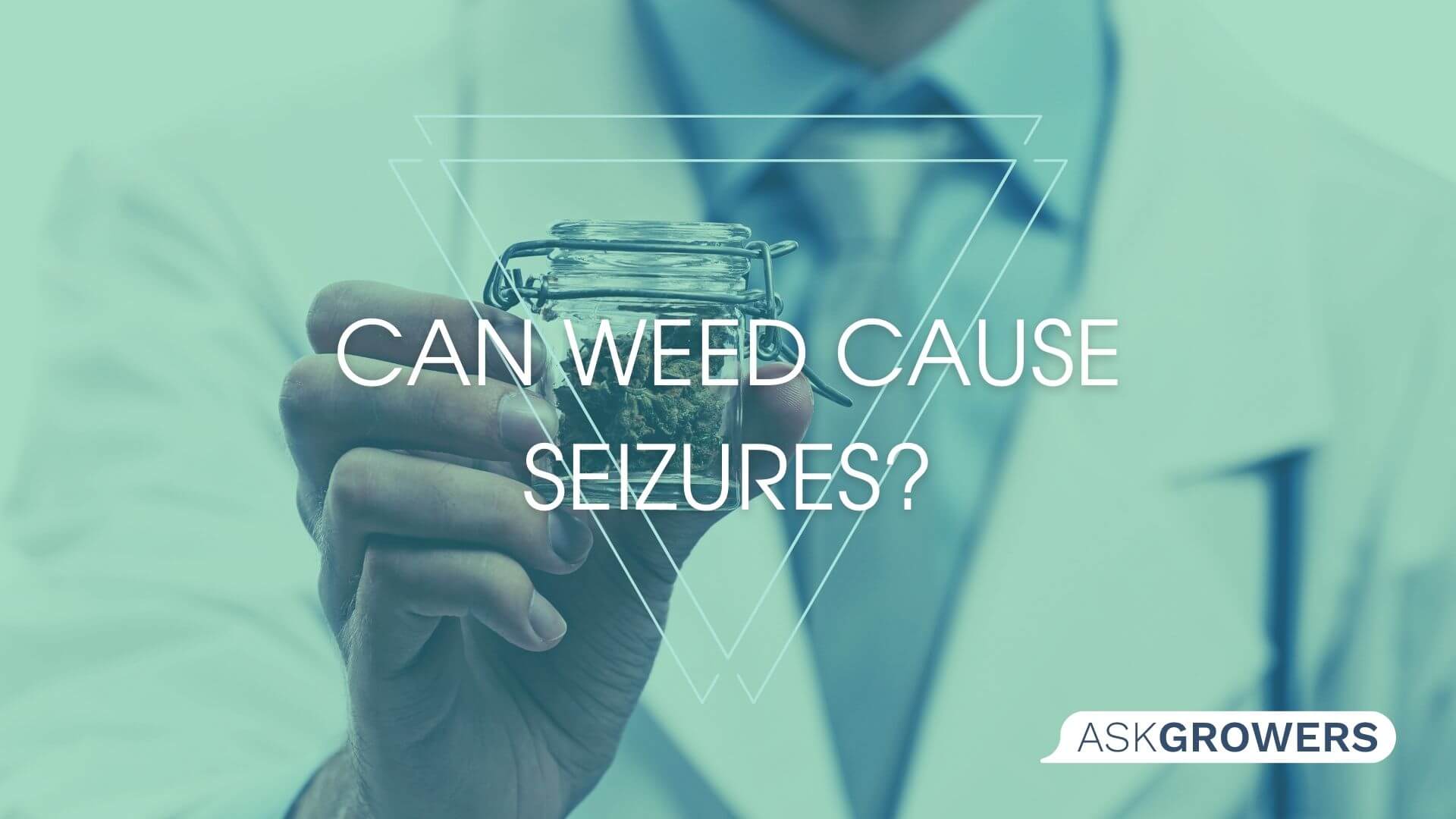
Marijuana is a psychoactive substance with pronounced effects on the human psychological and neurological state. Though it is widely used in medicine today, the long-standing tradition of its illegal use as a drug consumed to achieve the state of being high contributes to numerous prejudices and myths surrounding its health effects. One such issue is the impact of weed on seizures. Can you have seizures from weed?
Some experts state that smoking weed can cause cramps or intensify their manifestations in people with a seizure disorder. Others claim that cannabis consumption, on the contrary, can relieve the spasm intensity and reduce the frequency of their occurrence.
There are many studies still happening regarding the relationship between cannabis and seizures. There are cases of people reporting that cannabis caused their spasms, but this is not a common occurrence. High concentrations of CBD oil have even been used to treat cramps in some cases
Jon Schaffer, Vice President of Emerald Sky Edibles
Clinical research on this subject is scarce as marijuana has been an illegal class 1 drug for many decades, thus preventing full-scale laboratory testing of its impact on seizure occurrence and intensity.
However, with the gradual legalization of medical marijuana across the USA and Canada, the number of clinical studies with animal and human patients has steadily increased within the past 10-15 years. This article dwells on marijuana and cramps and clarifies an alleged association as scholarly studies see it.
Read Also: Battle Of Cannabinoids: THC Versus CBD
What Does Research Say About Marijuana and Seizure Disorder?
The legalization of hemp for medical purposes, particularly the CBD-rich and THC-low cannabis type, was initiated in the USA only around a decade ago. As a result, research on the use of weed for seizures is scarce.
Nevertheless, it is known that hemp possesses anti-convulsant and anti-epileptogenic properties due to its interaction with CB1 and CB2 elements of the endocannabinoid system present in the human organism. As Rosenberg et al.[1] clarified, CB1 agonism causes anti-convulsant and anti-epileptic effects, while CB2 antagonists act as pro-convulsant agents, though with anti-epileptogenic effects

The researchers also found that cannabis mostly plays a neuroprotective role when the seizure disorder is concerned.
When considering marijuana for medical purposes, one should remember that THC acts via the endocannabinoid CB1 receptor, thus causing positive effects on cramp control in patients. Yet, the mechanism of the CBD effect is still ambiguous, though its synergistic impact with THC is well-documented.
In general, as a systematic review by Zeyl et al.[2] showed, the scarcity of conclusive research on marijuana's effects on seizures is explained by the lack of standardization of medical cannabis use in modern medicine.
The researchers analyzed the available body of clinical evidence on marijuana's effects on spasms. They determined that different CBD:THC ratios were used in various studies (e.g., ranging from 1:0 to 22:1 to 1:50). This discrepancy makes the findings of one study non-applicable to populations consuming marijuana with other CBD:THC ratios.
Read Also: Hemp CBD vs. Cannabis CBD: Is There a Difference, and Which Is Safer?
How Cannabis Affects Seizures?
The positive effect of weed for cramps was proven by studies with various patient populations, thus leading to the industrial production of cannabis-based cramp medications.
For instance, the FDA approved CBD-containing Epidiolex to treat seizures in patients with Lennox-Gastaut syndrome, tuberous sclerosis, and Dravet syndrome. The medication is suitable for children and is the first-ever patented drug for treating Dravet syndrome-related spasms.
But how does CBD oil stop cramps? Here are some clinical research findings supporting the positive impact of medical cannabis.
- A 2016 study done by Massot-Tarrus and McLachlan[3] with Canadian self-medicating patients with uncontrolled epilepsy found significant improvements in seizure control, stress, and sleep among patients.
- The liquid, non-psychoactive marijuana-based medication can help reduce seizures in children with Dravet Syndrome[4]. The best-known case of CBD’s positive effects on the child's seizures was documented by Maa and Figi[5]; the high-CBD-strain cannabis extract used to treat a 5-year-old patient with Dravet Syndrome is now marketed as “Charlotte’s Web.”
- The hemp seed oil contains the lowest amount of THC because of seed washing before processing. The safest CBD-enriched oils can be used to treat child patients, adolescents, and adults. Yet, the achievement of proper CBD concentration and compliance with recommended therapeutic dosage with this medication type is quite costly. One of the most popular ways to consume hemp oil is through CBD and THC tinctures.
To help you dispel some popular myths about the psychoactive effect of cannabis and deepen your understanding of the subject, we have prepared the answers to the top three questions worrying current and prospective marijuana consumers.
Read Also: What Is the Best Time of Day to Take CBD Oil?
Marijuana and Epilepsy Seizures
Cannabis has been found to have a positive effect on some people with epilepsy. Specifically, a compound called CBD has been shown to reduce the frequency and severity of spasms in some individuals.
CBD works by interacting with the body's endocannabinoid system, which helps regulate the nervous system. This interaction can help reduce the likelihood of cramps occurring.
Additionally, CBD may have anti-inflammatory and neuroprotective properties that contribute to its effectiveness in reducing seizures. And while the world needs a lot more research to unlock the full potential of cannabis, there are modern studies that support its benefits right now:
- Israeli scientists, along with the Ministry of Health, confirm the effectiveness of CBD in the fight against epileptic cramps and call for further research into cannabis under strict regulatory conditions.
- Canadian scientists report that marijuana has been used for many years to alleviate the attacks of epilepsy.
- The 2023 study summarizes the literature on non-medical marijuana and its impact on epilepsy. The review also includes a study on the effects of marijuana on epilepsy in children.
So, Can THC Cause Seizures?
THC can be quite controversial when it comes to spasms. Almost every weed user has experienced mild cramps while being high. And while THC has some positive effects, it can also have negative effects, particularly considering cramps.
Can weed cause a seizure? Some research has suggested that THC can lower the seizure threshold, making spasms more likely to occur. However, this same study shows that THC can reduce the frequency of seizures.
There is also more research suggesting that THC can positively affect cramps for some people. In some cases, THC has been found to have anticonvulsant effects, meaning that it can help prevent spasms. However, more research is needed to fully understand the potential benefits of cannabis for seizures.
It is essential to note that not everyone who uses THC will experience cramps or negative effects. However, if you have a history of spasms or epilepsy, you should be cautious when using THC or other substances.
Does CBD Help With Seizures?
The question, “Can marijuana help with seizures?” has been fascinating to medical practitioners and researchers for many years. Let us dig deeper into the relationship between CBD and cramps to see how this cannabinoid actually helps patients with this condition.
CBD is the cannabidiol extracted from Cannabis sativa – a CBD-rich cannabis type. In chemical terms, CBD produces terpenophenolic metabolites, which provide anti-seizure, antipsychotic, and neuroprotective effects, achieved due to its anti-inflammatory and antioxidant properties.
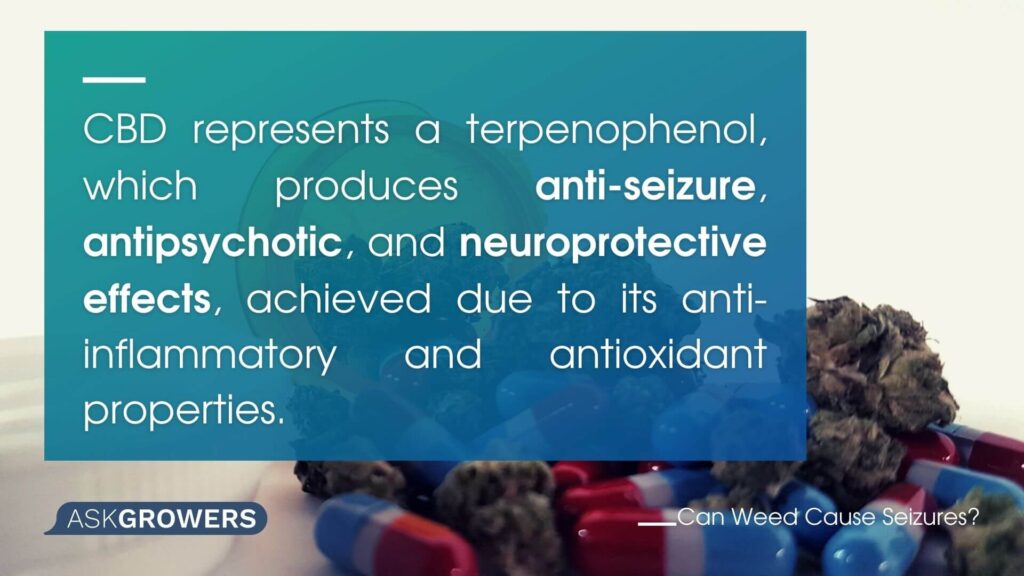
Most importantly, there is growing evidence of CBD treatment benefits for child patients. The first clinical studies of Epidiolex started in 2014, yielding the following clinical outcomes[7]:
- Patients with Lennox Gastaut syndrome revealed a 41% cramp frequency reduction after a 14-week treatment period, with a monthly median drop in spasms of 42-44%, depending on the administered dosage.
- Patients with Dravet syndrome receiving 20mg/kg/day over 14 weeks exhibited a 29% reduction in convulsive seizures and a 39% reduction in general cramps.
- Patients with tuberous sclerosis complex experienced 48-60% fewer spasms after an intervention period.
Thus, as we can see, CBD possesses numerous health benefits for patients with seizures while THC-low CBD medications can be an effective, safe treatment modality for children suffering from various syndromes accompanied by seizures.
Read Also: Sativa vs Indica Marijuana Edibles: What’s the Difference?
What About Edibles – Can They Cause Seizures?
That is the most popular question asked by many fans of edibles like Charlotte’s Web, Exhale Wellness, or BudPop. Overall, the answer depends on the contents of your edible and the CBD:THC ratio it contains.
The THC is known for causing dizziness, vomiting, and anxiety, so THC-rich marijuana products can indeed elevate your spasm risk. Be careful with THC-rich strains such as Layer Cake or Apple Fritter cannabis strain.
The problem with edibles is that there is no state-regulated labeling for such products. Hence, consumers often have no idea of how much THC they consume, thus being unable to predict the strength of this product's psychoactive effect. Thus, it is much safer to opt for THC-low edibles to avoid overdosing and to choose only edibles with clear, transparent labeling and dosage indication.
Read Also: CBD Edibles Guide
Know the Risks and Side Effects of Cannabis
Now that we have covered the effects of cannabis on cramps and the contribution of cannabis consumption to seizure onset, it is time to consider the risks and side effects of this treatment option.
It is widely known that patients choose medical marijuana or medications with cannabis for menstrual pain or to treat spasm disorder, anxiety, and many other health conditions. Still, due to its largely unexplored and varying psychoactive effects, marijuana can cause a set of adverse side effects in the patient, thus distorting the risk/benefit balance of using cannabis for treatment.
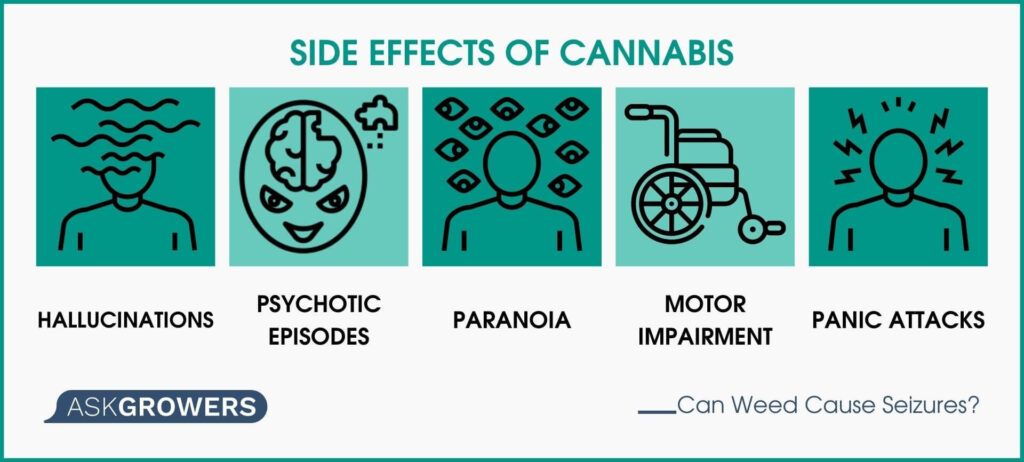
Here are just a couple of risks to beware of:
- Hallucinations;
- Psychotic episodes;
- Paranoia;
- Impaired motor function;
- Panic attacks.
Edibles are more dangerous in terms of overdosing as they have a delayed effect (thus often causing overdosing because the patient thinks that weed does not work and takes more than needed) and are metabolized differently in different organisms[8]. As a result of eating cannabis-containing products, people can experience up to fivefold THC concentration in the bloodstream compared to cannabis smoking, which is hazardous for health.
Another source of risks related to self-medicating with marijuana is the undesirable effect of passive cannabis ingestion by children. The study by Carvalho and Evans-Gilbert[9] held in 2019 found that children are highly vulnerable to accidental inhalation of cannabis vapor or consuming cannabis edibles, which caused seizures. It triggered far-reaching brain health problems, such as developmental delay.
Finally, it is critical to steer clear of synthetic cannabinoids (SCs) that are most frequently associated with illegal recreational drugs. A recent study by Breivogel[10] and colleagues revealed that SCs lead to even more significant risks of seizures than THC does because of their higher toxicity. Thus, it is recommended to use natural cannabis products for treatment purposes as SCs cause convulsions and hypothermia in many cases.
Read Also: How Long Does Marijuana Stay in Your System, and What Does It Depend On?
Can Weed Cause Seizures? - Expert Opinions
Actuall, cannabis is used in the treatment of seizures not in their causation. There are quite a few case studies of younger children using cannabis extracts and getting their seizures under control for the first time in their lives. Sadly with all the misinformation and lies about cannabis there has been some horrible and misinformed push back on kids and their life saving medicines and parents trying to block these kids from their medicine or from schools.
Robert Miller, Owner of Purefectionery
Maybe if chemicals are used to grow it. But there has never been a correlation between seizures or cannabis. Seizures are somewhat common, but the least studied. We know more about the rover on mars than we do seizures.
Dee Dee Taylor, Founder/CEO of 502 Hemp
THC may exacerbate seizures for some individuals. It can also help to stop or minimize seizures for a number of people. These questions don’t have simple answers because the endocannabinoid system is a complicated physiological system in the body and everyone is going to respond to the complex range of compounds in the cannabis plant differently.
Gillian Levy, Co-Founder & CEO of Humboldt Apothecary
From what I understand, there have been minimal cases of high THC cannabis triggering seizures in susceptible people. CBD, on the other hand, is known for preventing or treating seizure disorders and there is now an FDA-approved CBD-rich drug to treat seizure disorders on the market.
Kelly Benson, Founder and Owner of Mindful Earth
Not that I know of. Though the psychoactive experience can sometimes cause someone to become paranoid.
Akasha Ellis, Co-Founder and Farm and Operations Lead of Ventura Seed Company
Conclusion
So, let us sum up the evidence that we have just examined. At present, we can firmly say that:
- Marijuana does not produce a spasm-inducing psychotropic effect on patients.
- CBD is much safer for treating cramps than THC, so patients with this condition should choose CBD-rich cannabis products.
- Regular marijuana consumption for medical purposes positively affects CNS excitability, which can help achieve stable seizure intensity and frequency reduction.
- Patients exposed to cramps should use cannabis from verified dispensaries only, as illegal manufacturing often involves illegal chemical use to boost weed growth, thus raising the seizure risk.
Read Also: Does Weed Go Bad & How to Identify Old Marijuana?
References
-
Rosenberg EC; Patra PH; Whalley BJ, (2017) Therapeutic effects of cannabinoids in animal models of seizures, epilepsy, epileptogenesis, and epilepsy-related neuroprotection, Epilepsy & Behavior. Science Direct. Available at: https://www.sciencedirect.com/science/article/abs/pii/S1525505016305315
-
Zeyl V; Sawyer K; Wightman RS, (2020) What Do You Know About Maryjane? A Systematic Review of the Current Data on the THC:CBD Ratio, Substance Use & Misuse. Taylor & Francis Online. Available at: https://www.tandfonline.com/doi/abs/10.1080/10826084.2020.1731547
-
Massot-Tarrús A; McLachlan RS, (2016) Marijuana use in adults admitted to a Canadian epilepsy monitoring unit, Epilepsy & Behavior. Science Direct. Available at: https://www.sciencedirect.com/science/article/abs/pii/S1525505016303341
-
Thornton C; Dickson KE; CartyDR; Ashpole NM; Willett KL, (2020) Cannabis constituents reduce seizure behavior in chemically-induced and scn1a-mutant zebrafish, Epilepsy & Behavior. Science Direct. Available at: https://www.sciencedirect.com/science/article/abs/pii/S1525505020303310
-
Maa E; Figi P, (2014) The case for medical marijuana in epilepsy, Controversy in Epilepsy. Wiley Online Library. Available at: https://onlinelibrary.wiley.com/doi/full/10.1111/epi.12610
-
Malyshevskaya O; Aritake K; Kaushik MK; Uchiyama N; Cherasse Y; Kikura-Hanajiri R; Urade Y, (2017) Natural (∆9-THC) and synthetic (JWH-018) cannabinoids induce seizures by acting through the cannabinoid CB1 receptor, Scientific Reports. Nature. Available at: https://www.nature.com/articles/s41598-017-10447-2
-
Arzimanoglou A; Brandl U; Cross JH; Gil-Nagel A; Lagae L; Landmark CJ; Specchio N; Nabbout R; Thiele EA; Gubbay O, (2020) Epilepsy and cannabidiol: a guide to treatment, Epileptic Disorders. Wiley Online Library. Available at: https://onlinelibrary.wiley.com/doi/full/10.1684/epd.2020.1141
-
Vo KT; Horng H; Li K; Ho RY; Wu AHB; Lynch KL; Smollin CG, (2017), Cannabis Intoxication Case Series: The Dangers of Edibles Containing Tetrahydrocannabinol, Ann Emerg Med. U.S. National Library of Medicine. Available at: https://pubmed.ncbi.nlm.nih.gov/29103798/
-
Carvalho A; Evans-Gilbert T, (2019) The Pathophysiology of Marijuana-induced Encephalopathy and Possible Epilepsy after Ingestion in Children: A Case Series, Innov Clin Neurosci. U.S. National Library of Medicine. Available at: https://www.ncbi.nlm.nih.gov/pmc/articles/PMC6538397/
-
Breivogel CS; Wells JR; Jonas A; Mistry AH; Gravley ML; Patel RM; Whithorn BE; Brenseke BM, (2020) Comparison of the Neurotoxic and Seizure-Inducing Effects of Synthetic and Endogenous Cannabinoids with Δ9-Tetrahydrocannabinol, Cannabis and Cannabinoid Research, Mary Ann Liebert, Inc. Available at: https://www.liebertpub.com/doi/full/10.1089/can.2019.0003

 Health
Health

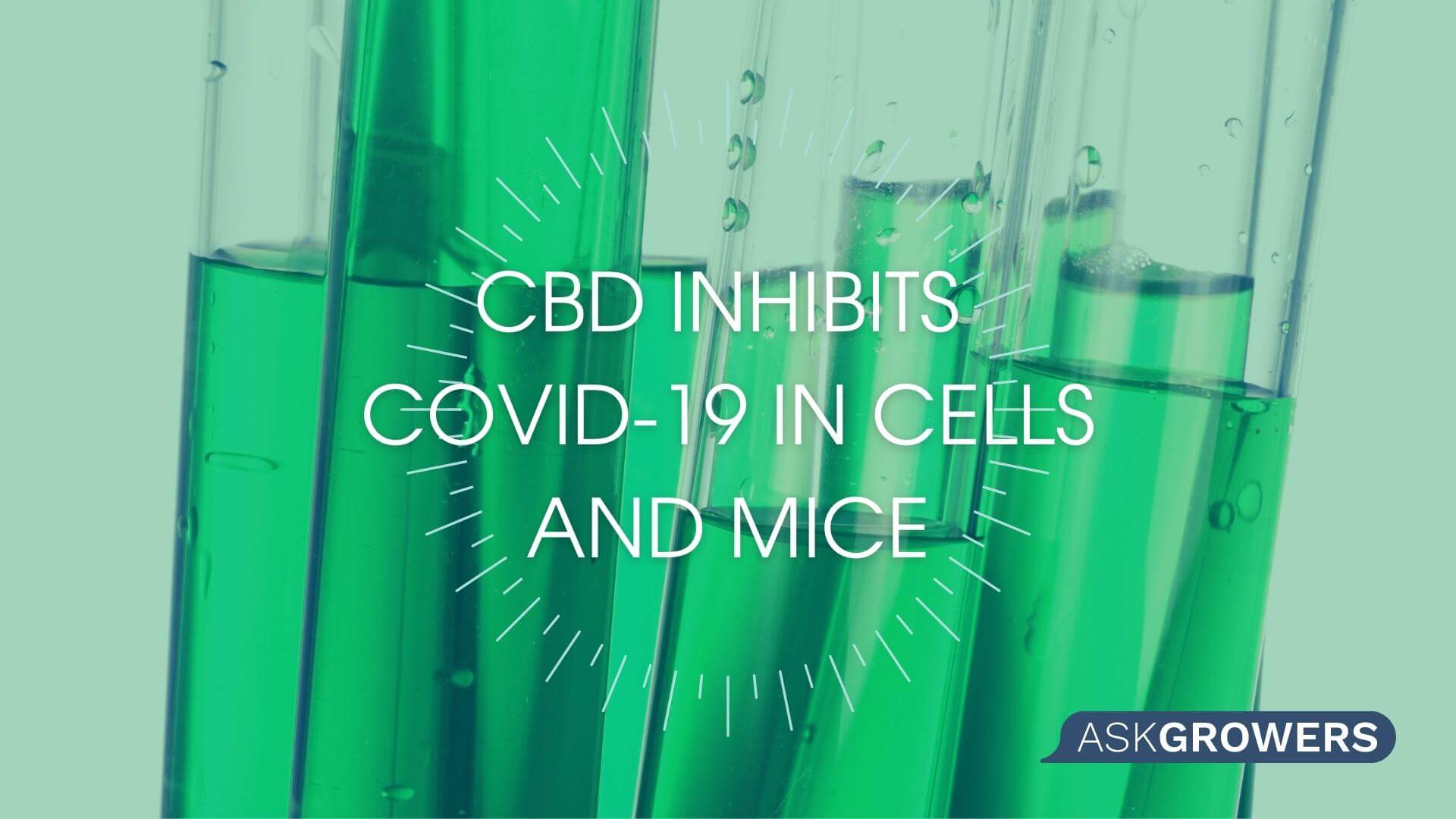





 (1).png)

.jpg)

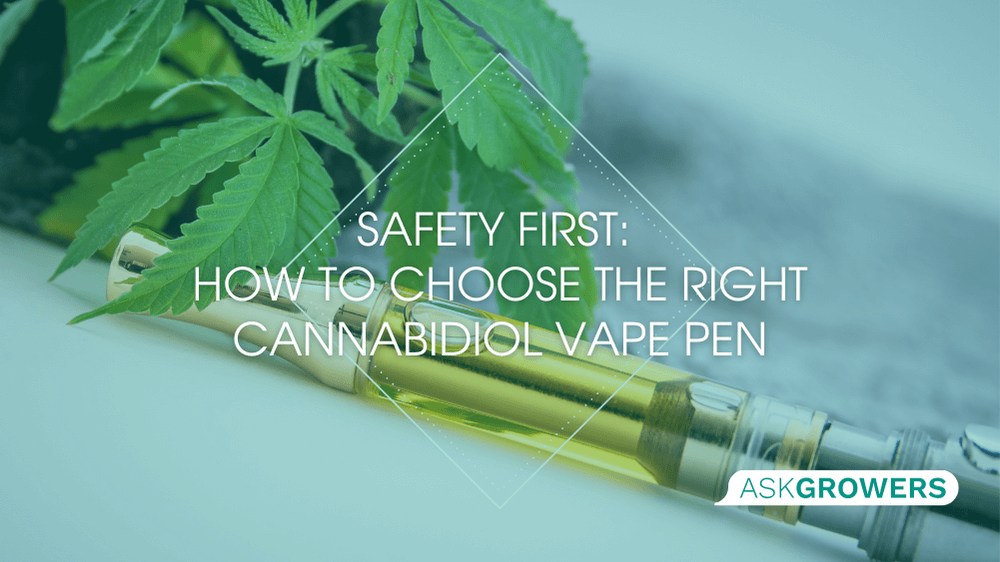
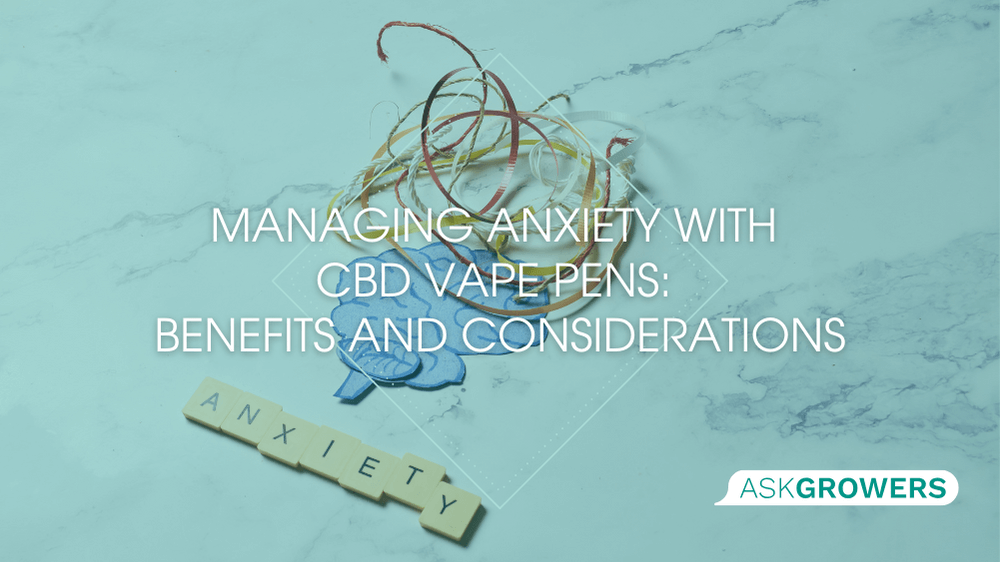
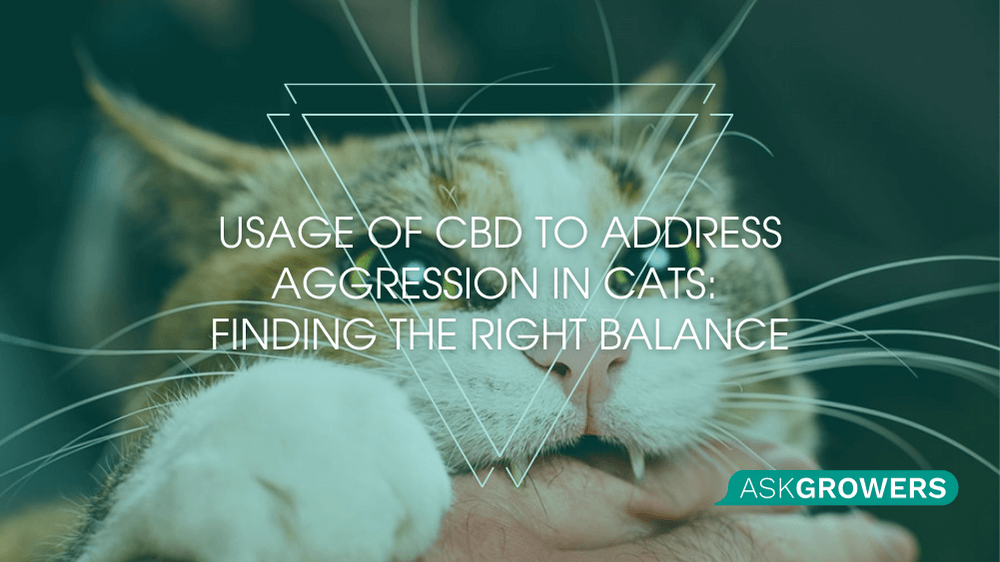

Be the first and share your opinion
Write a Review